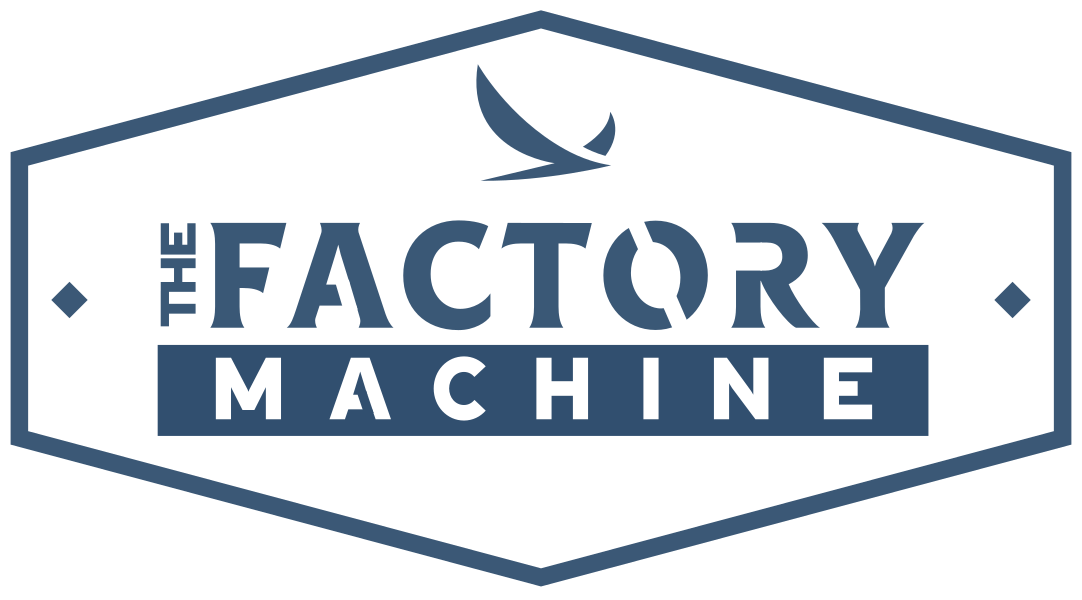Value stream mapping (VSM) is an approach that helps companies improve the flow of products and services throughout their supply chain. It involves identifying bottlenecks in the process, analyzing how those bottlenecks affect customer satisfaction, and then making changes to eliminate the bottlenecks.
Define your business problem.
VSM is not a new concept; however, it has become more popular in recent years. In fact, according to Gartner, “the number of organizations using VSM increased by nearly 50 percent between 2013 and 2014.” This growth is due to the increasing importance of improving quality and reducing costs.
Identify the current process.
Start with an understanding of what you currently do. What does your business do? How does it work? Who does it involve? Where does it happen? Once you have identified the current process, you will need to identify the steps within the process. These steps should be broken down into smaller tasks.
Create an initial map.
Step 1: Identify the current process. You’ll start by identifying the current process. This means looking at how things are done today. It’s also helpful to think about where the process starts and ends. If you’re not sure where something happens, ask yourself who does it?
Step 2: Break down the process into its component parts. Now that you know where the process begins and ends, you can break it down into its component parts. Think about the different activities involved in the process. Are there any steps that are repeated throughout the process? Do these steps take place in one location or multiple locations?
Step 3: List out the tasks required to complete the process. Next, list out the tasks required to finish the process. Make sure to include anything that might be overlooked.
Step 4: Draw a diagram of the process. Finally, draw a diagram of the process using a flowchart.
Refine the map.
In addition to refining the map, you should also consider adding some additional details. For example, you might want to add an estimate of the time it takes to complete each task. Or maybe you want to add a description of the materials used.
Implement changes.
Once you’ve completed the first steps, you’ll need to implement any changes you made to the process. This means making sure that the new process is being followed by everyone involved. You might even want to make adjustments based on what you learned during the process.
